




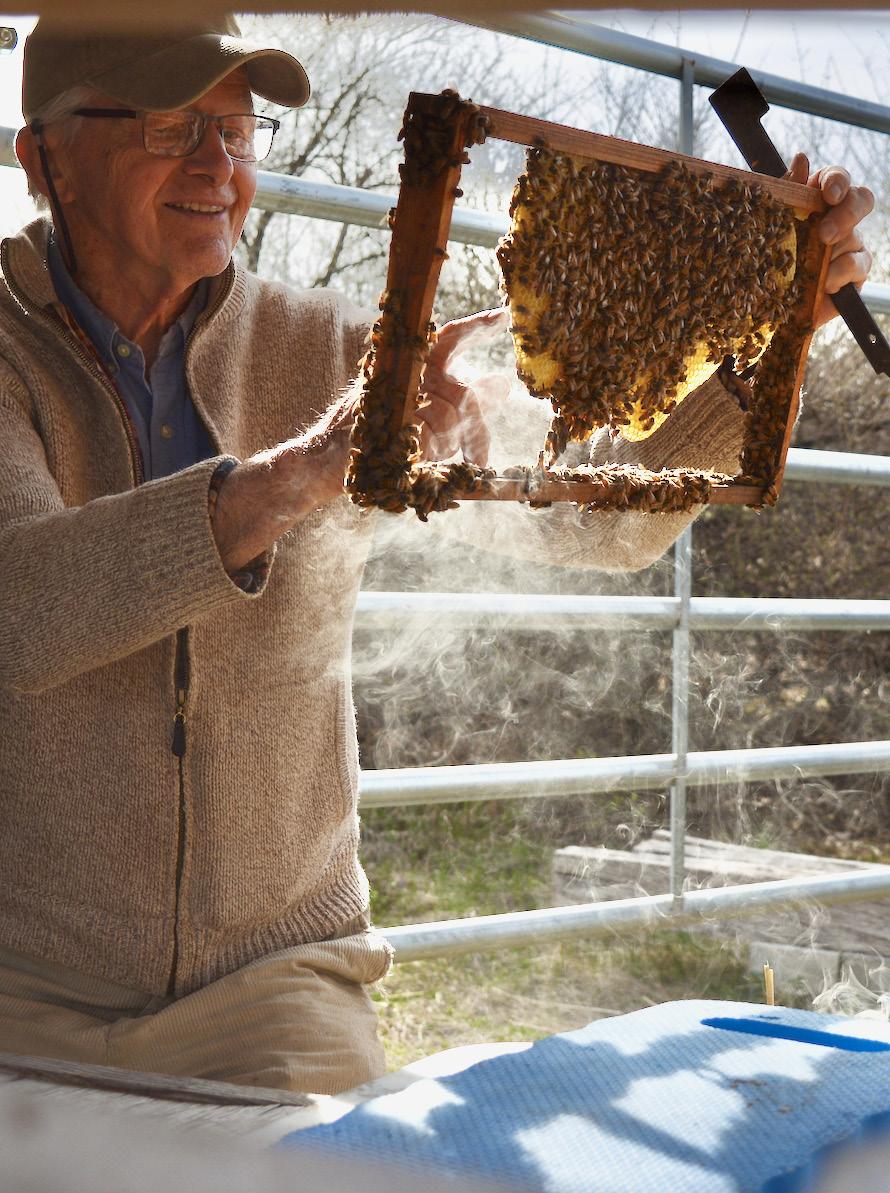
Inside
A Respectful Connection
Local Friends
A Gift to Share with the Honeybees of Camphill Ghent at Chatham Flowers
How Kathleen Leitner tapped back into painting in Camphill Ghent








These reminiscences are from Suzette Verkozen’s time in the Stained Glass Studio at Camphill Village Copake, and there are many others who remember Suzette very fondly from other workspaces and house communities. Suzette most recently lived in Camphill Ghent until her passing in November of 2024.

Suzette helped create many pieces over a period of 26 years when she worked three mornings a week in Copake’s Stained Glass Studio. Suzette and Susie Taube were two of the original people in our community who were trained in different parts of the craft. Suzette was particularly skilled in wrapping each small piece of prepared glass with copper foil. The copper foil technique enabled several of us to be engaged in the creation of a panel or a window. Susie liked to clean and polish the framed, finished panels, quite meticulously.
Our first bigger project was a window for the St. Michael Chapel in Camphill Newton Dee, Scotland. Suzette carried out some of the work, which was then shipped to Scotland for completion and installation.
She helped build several large and small windows, besides countless panels and sun catchers. She became so good at her craft, that new coworkers, who wanted to help, had to check if their work was up to Suzette’s standard!
If Suzette had to wait for glass pieces to be prepared for her, she became restless and annoyed. Her signature big happy smile returned instantly when new work arrived! She also took great interest in special commissions and projects. When these were picked up by the commissioner she expressed her joy and approval in having
worked on their order. Often she’d have the person sit for a quick portrait, which they could take home.
Although Suzette used hearing aids, she could establish a rapport with others through non-verbal empathy. She would take photos of groups which she created in the studio, made up of visitors, passers by, members of the studio and the tour guides. She would name them for her album, and when she didn’t know a name, they were designated “friend.” She enjoyed showing her albums before sending them on to her family in California for safekeeping.

Many in the Village have stories to tell about Suzette. At her funeral on December 2nd, The Reverend Michael Brewer shared some of them. She lived in Copake from the age of 28, lived in many of the houses, until she moved to Camphill Ghent, where she continued being helpful and appreciated for several years. At the family’s request, Suzette’s ashes will be interred at the Quiet Place, in Camphill Village, in the springtime.



The J. Murray Logan Legacy Circle was founded to recognize and honor donors who make future gifts to the Camphill Foundation, ensuring that people with developmental disabilities have the opportunity to live full, meaningful and productive lives.
Mr. Logan was the father of Camphill Village Copake resident Maria Charlotte Logan, who has chosen to make her home in Camphill Village since 1994. His visionary bequest led to the creation of the Camphill Village Copake Foundation, chartered to support the work of Camphill Village, and expanded to support the work of its sibling community—Camphill Ghent.
Membership in the J. Murray Logan Legacy Circle involves no obligations or dues. Its sole purpose is to thank and recognize you for including the Camphill Village Copake Foundation in your estate or trust plans.
Periodically, the Foundation will recognize Legacy Circle members by inviting them to recognition events and listing their names in Camphill Village publications, donor lists, and the donor recognition wall in the Bluestone administration building. Of course, we always respect a donor’s wish to remain anonymous.
To learn more, contact Elizabeth Phillips, Director of Development: ephillips@camphillvillage.org or 518-329-7924, ext. 134


Your membership becomes effective as soon as you:
• Include the Camphill Village Copake Foundation in your estate plan through a will or living trust
• Donate any other gift to be realized at some future date, such as a life insurance policy or retirement plan.

If you were to stroll the halls of the Adult Home at Camphill Ghent, you’d be sure to catch a glimpse—or sniff—of a yellow rose here or some lilies there. Many of our wonderful elders look forward to a fresh bouquet in their rooms, whether part of a subscription or otherwise. And like others living in the Chatham area, we appreciate our relationship with our friends at Chatham Flowers.

youtube.com/@CamphillGhent/shorts
“Having fresh flowers in our space is such a gift—both beautiful and fragrant—and helps to invigorate our physical environment,” said Kristina Labaty, Camphill Ghent’s Activities Coordinator. “Cultivating a sense of beauty and wellness is essential as we age, and we are grateful to Chatham Flowers for the significant role they play in this endeavor.”
On a busy Monday in mid-April, store owner Kathleen Rohlfs welcomed Kristina, Ilene Oloff, and Katie Schreckinger to the shop so they could pick out flowers for their unique bouquets. Upon entering, they shuffled past a tiered display of vibrant flowers in buckets of water.
Katie directs Kathleen through the sea of flowers. “I like yellow,” she says, pointing at a bunch of alstroemeria. “And also pink. I love that.” Kathleen hands Katie the long stems, which Katie gleefully carries around the shop.
Kathleen said elder communities in Ghent and Philmont are frequent customers, and so are their family members.
“We have customers that come in and order flowers to take to their loved ones there,” she said, while preparing the bouquet for Katie. She added that if the shop has an overabundance of a certain type of flower, she’ll send them to one of the local elder communities “so they’ll have some fresh flowers on their tables.”

She says it’s a special occasion for the elders, as well as her delivery drivers who look forward to visiting their elderly customers. Tony, a delivery driver for Chatham Flowers has been to Camphill Ghent many times. “I just like coming up, delivering to the residents,” he said on a recent delivery. “Making their day, making them smile.”

Kristina says our local area is bustling, and the elders of Camphill Ghent have no shortage of activities and places to visit.
“Camphill Ghent is so fortunate to be situated between the thriving communities of Ghent and Chatham,” she said. “There is always something to do nearby.”

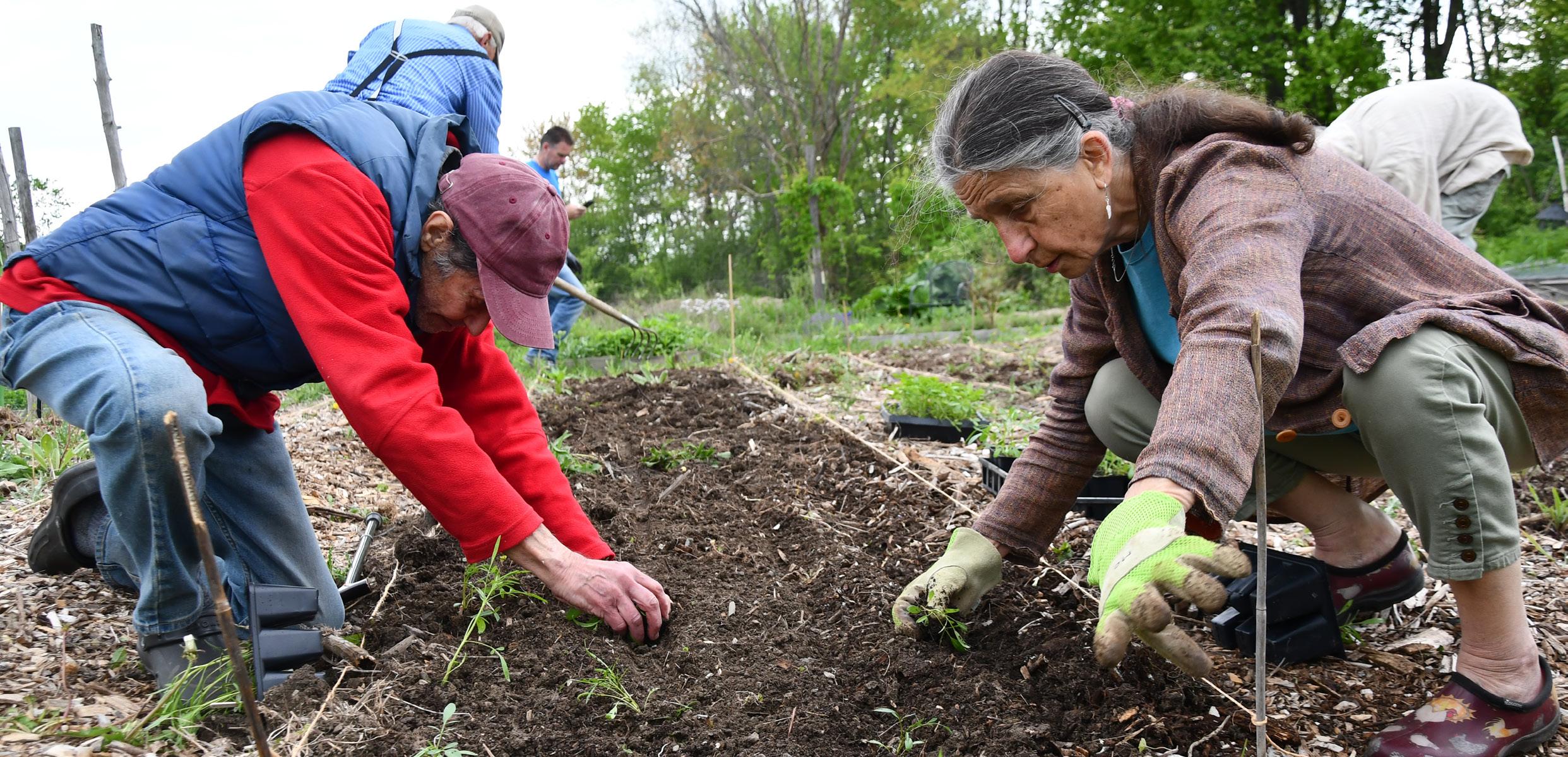
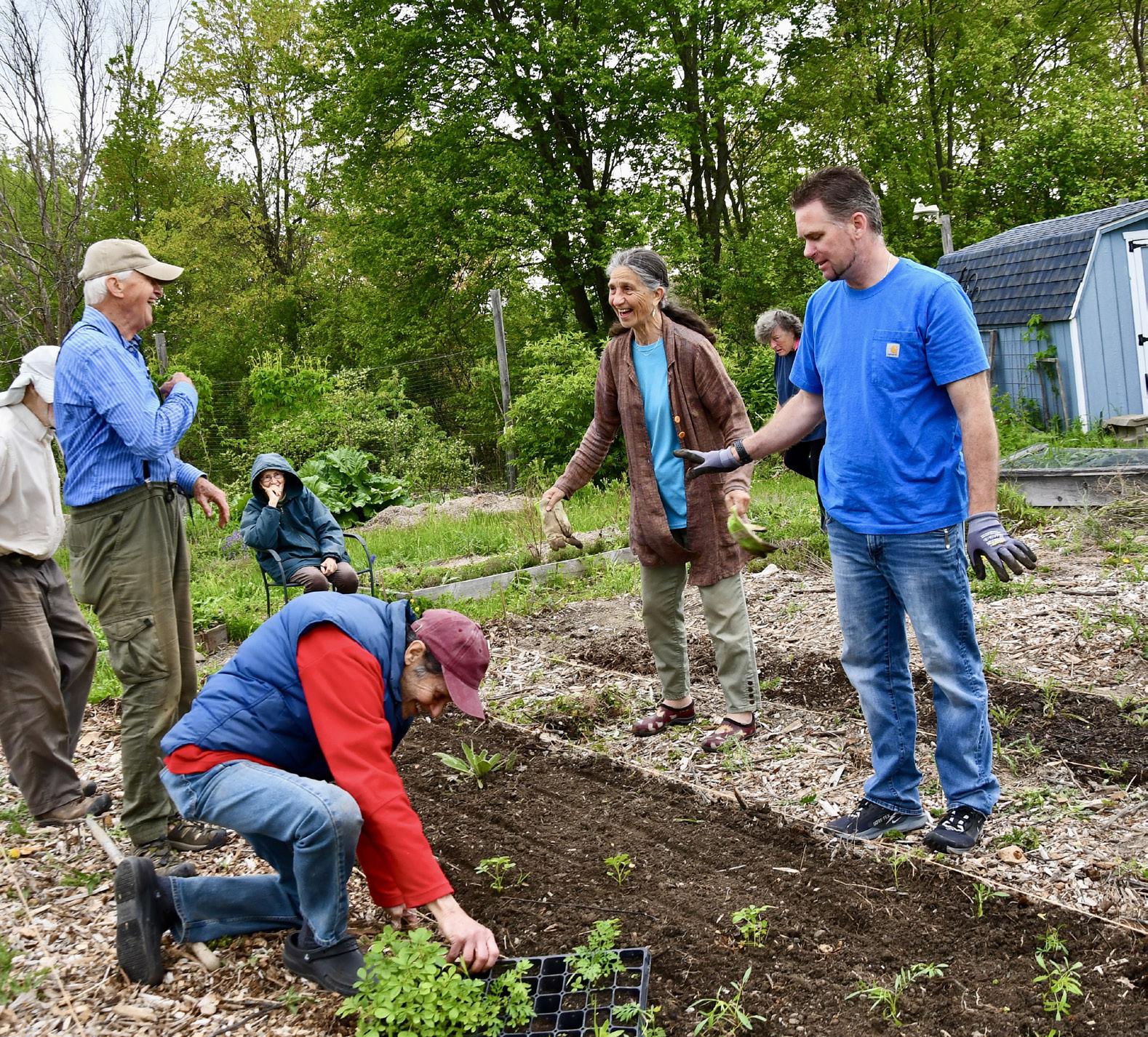
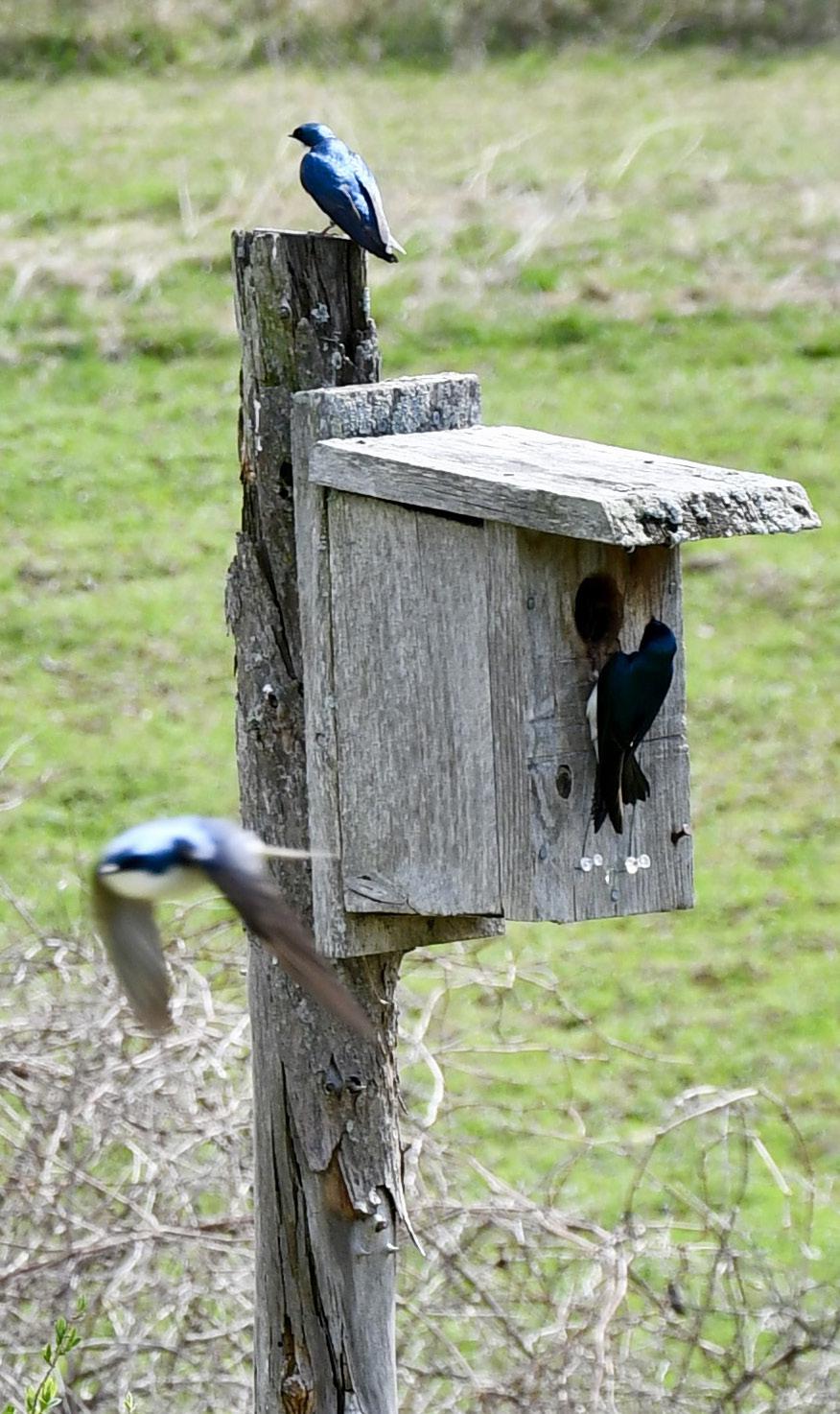

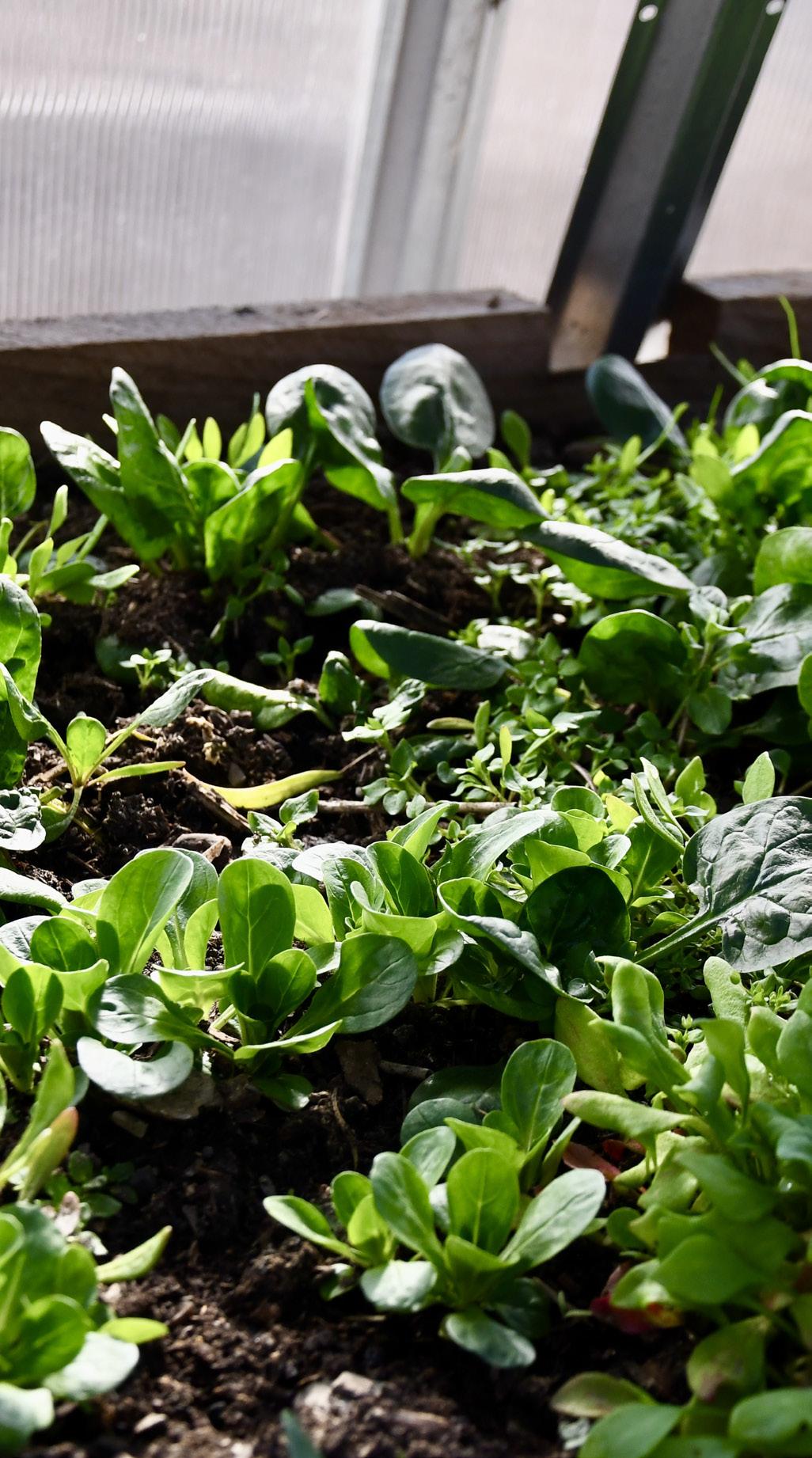
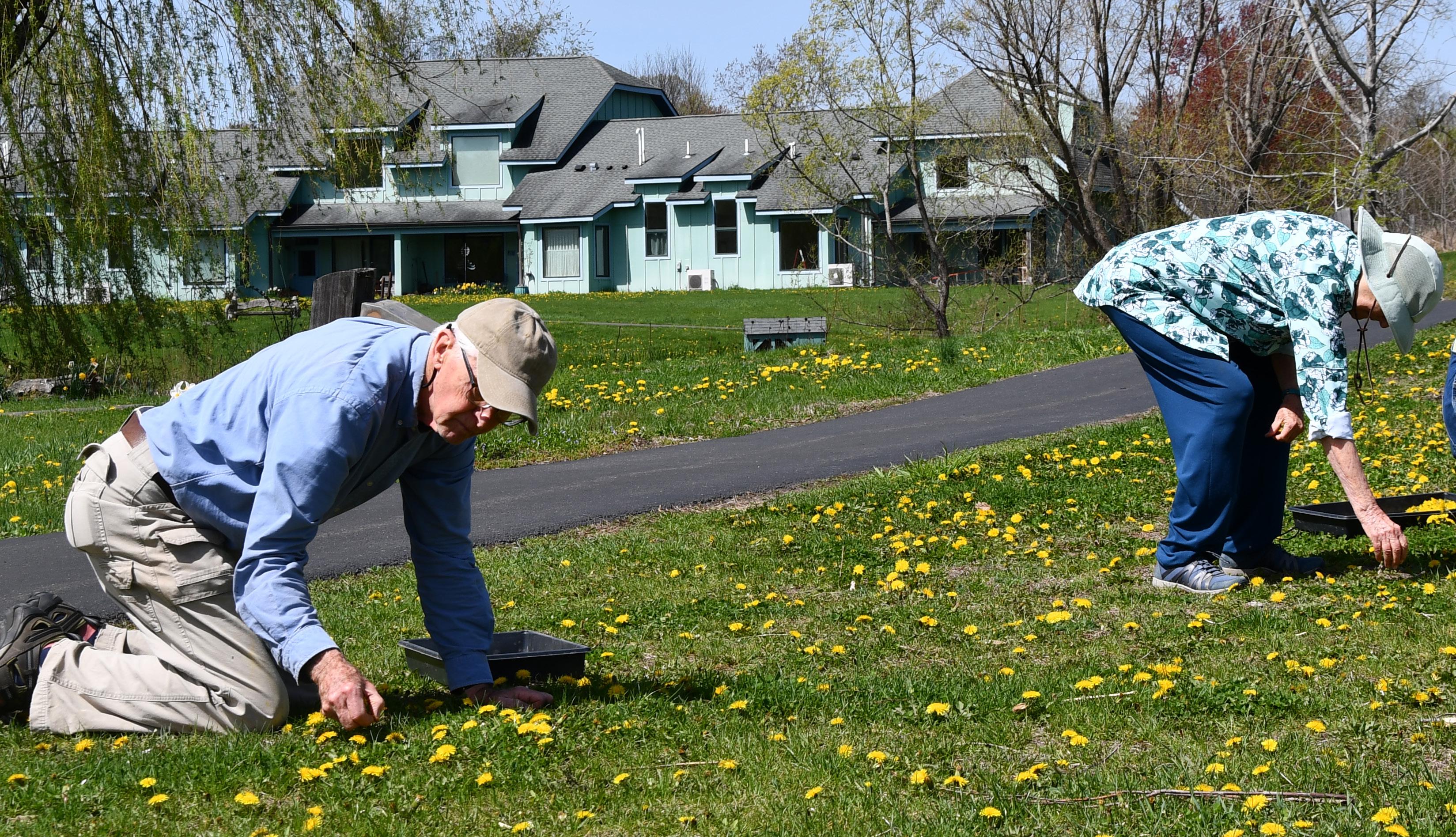
biodynamic land preparations.
How Kathleen Leitner tapped back into painting in Camphill Ghent

Since moving to Camphill Ghent 12 years ago, Kathleen Leitner has been able to accomplish a great many things. She’s fostered a community garden space our elders can work in and harvest from. She’s relieved her rheumatoid arthritis symptoms through wholesome meals and juices using berries she grows on our property. And she’s found the time and support to rediscover a long lost love.

“I think you know me as a gardener. I was a farmer’s wife, really,” she said. “But when I grew up, I was encouraged to be an artist.”
Kathleen comes from a line of artists, including a great grandmother who was a photographer, and her grandfather, who made his living as a painter during the Great Depression. Kathleen was fortunate to inherit his art materials.
By high school, Kathleen wasn’t excelling in academics, but she was already a prolific painter. Her parents helped her to apply to the School of the Museum of Fine Arts in Boston. She was quickly accepted, and headed to Boston at the age of 18.
“And it was great except for one thing. I painted landscapes and at that time people were painting soup cans and throwing paint at the wall,” she said. “And they kind of looked at it like I wasn’t going anywhere with art because I wasn’t buying into the popular idea of what art was.”

Kathleen stayed true to her love of landscapes, with trees at the center of her focus.
“I’ve always loved trees and that started from the times we went to Lake Michigan, and I sat and watched the sunrise and heard the water,” she reminisced. “I was up on the dunes among some white pines, and I would watch the branches moving.”
Her paintings are vibrant. Some are watercolor, some are oil, and many are screen prints. All seem to be moving.
“To me, everything is always moving, and I’m kind of showing that with the way I paint,” she said. “I love to paint to music, because the painting then takes on the movement of the music.”
Kathleen’s paintings were featured for a month in the Joan Allen Art Gallery at Camphill Ghent. Anyone living in or visiting our Adult Home for one of our gatherings or cultural performances walked through a breathtaking forest of river birches in winter and willows bowing over the pond near Kathleen’s apartment in Camphill Ghent.
“The work you’re seeing here in the gallery are works that I’ve done—most of them in the last four or five months because I decided to start painting again,” she said. “And I did that by going to our painting class here. I was shocked I was still able to paint. It had been a few years, and this winter, I sat at my drawing table and painted every single day.”
When Kathleen paints, she loses herself in her work. In summer she’s on her knees in the garden, but her winters in Camphill Ghent are spent at her painting table.
“Painting takes time, and when I paint, I forget. I don’t remember lunch, I don’t remember any task or any appointment I have. I just stay there and I paint,” she said. “It’s like working on a puzzle you cannot stop working on.”
After attending art school in Boston, Kathleen majored in silk screen print making at the College of Saint Rose in Albany, using many of the materials she had inherited from her grandfather.
“I really enjoy working with silk screen,” she said. “It makes you think backwards, and I do that naturally.”
Kathleen made a living with different jobs after college and also raised a family. It had been many years since Kathleen was able to dedicate so much time to her craft.

She pointed to one of the first pieces she created in painting class in Camphill Ghent.
“This is my second painting I did in painting class here in Camphill Ghent, and that’s how I jump started myself this year to start painting again,” she said. “This winter I did like 39 paintings. I was really excited and I kind of got out of the box, too.”
If you’d like to receive email updates about what’s on display in our Joan Allen Art Gallery, please visit camphillghent.org/publications


youtube.com/@CamphillGhent
Much like the elders of Camphill Ghent, tens of thousands of honeybees are building community on our acreage—from the individual roles they take on to benefit the whole, to the homes they build and maintain together. Gunther Hauk has been assisting these bees in their goals for decades while asking very little in return.
“Everything that we have invented in beekeeping in the last 150 years was in our favor: removable frames, boxes that are easy to move, queen excluders, artificial queen raising—

everything has been in our favor to make more money,” said Gunther, who moved himself and his bees to Camphill Ghent a few years ago. “And we never asked once, ‘What do you need?’”
The needs of the bees—their comfort, their natural inclinations, inherent strengths, and seasonal weaknesses—have long been the focus of Gunther’s apiary and biodynamic gardening work, through which he’s woven different seminars and workshops for decades.
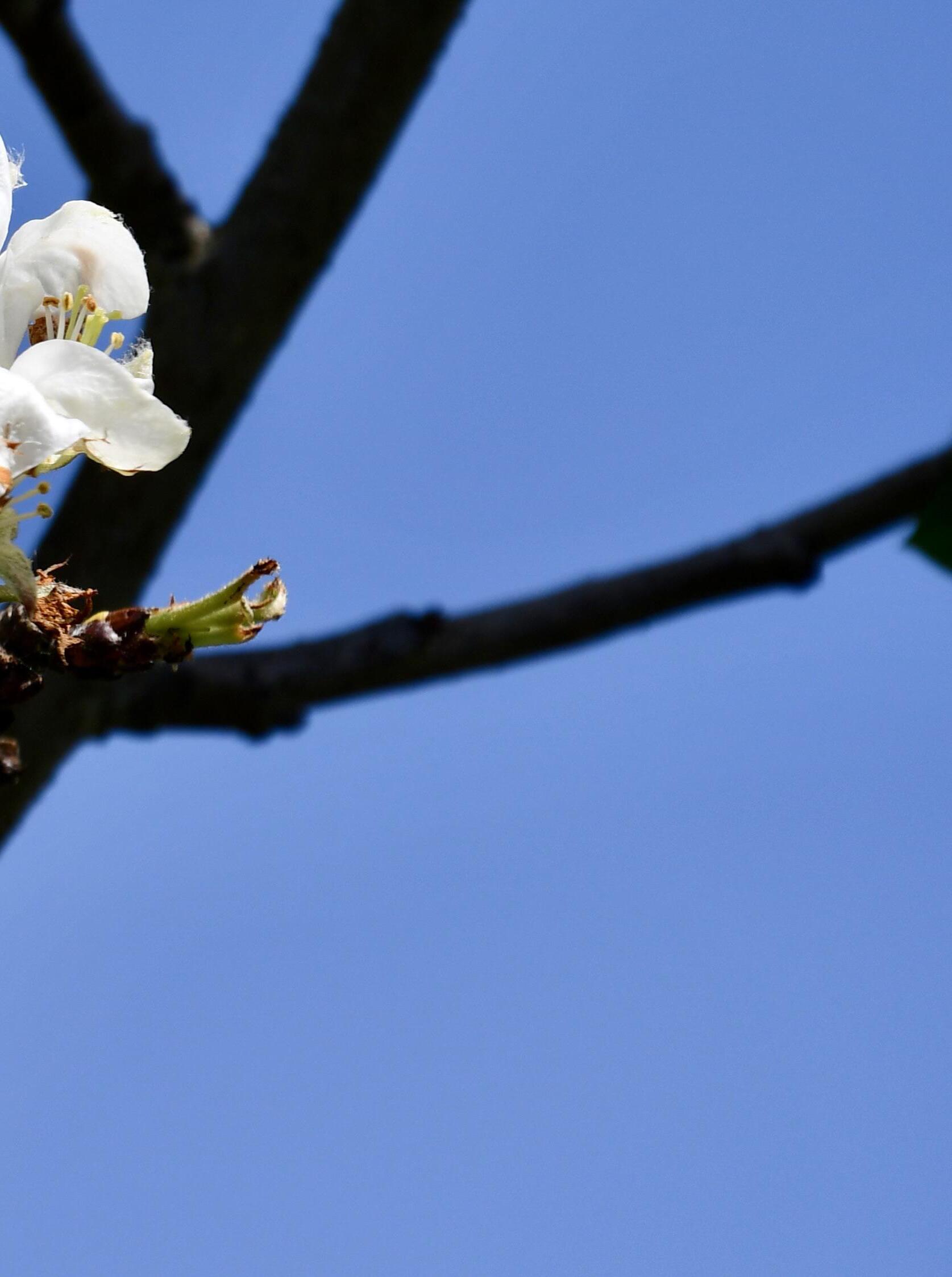
Gunther co-founded the Pfeiffer Center for Biodynamic and Environmental Studies in Rockland County, as well as the widely beloved Spikenard Farm Honeybee Sanctuary in the Blue Ridge Mountains of Virginia—the latter a stunning 41-acre sanctuary brimming with nectarand pollen-producing plants that support its resident honeybees and other crucial pollinators. And while both places remain important educational centers within the biodynamic and natural beekeeping realm, Gunther’s dedication and life’s work now directly benefit our community of elders here in Camphill Ghent.
Independent Living resident Christina Bould has been spending recent years delving into the literature on biodynamic agriculture, and has been pursuing opportunities for hands-on education in gardening in Camphill Ghent’s community garden, as well as beekeeping.
“It’s wonderful to have all this activity here. For one thing, we are learning a lot about the bees and where honey really comes from,” Christina said, while accompanying Gunther on April 4th—the first day the bees would take flight after a long winter. “And seeing all this work that Gunther does, it’s really quite extraordinary, and we are very lucky to have that.”
She held in her hands a white sticky board that Gunther had slid out from underneath one of the hives. In some areas, fresh honey had dripped its way down onto the board from inside the hive. Other areas of the white board were bespeckled with red varroa mites, a parasite harmful to honeybees. Commercial-scale honey producers might take swift chemical action against the mites, but Gunther and many other responsible beekeepers monitor mite numbers through the winter—when colonies are especially vulnerable to parasites, fungus, and viruses—before treating the hive with a natural formic acid if mite pressure grows too high.
For Gunther and his students, the point of beekeeping is caring for bees so they can thrive and perform their duties as pollinators. The honey is an additional benefit of keeping bees, but should only be collected if the colony won’t suffer a honey shortage. That said, the honey is exceptional and many believe it aids in building stronger bones, among other benefits.
“I think we would have a lot less osteoporosis and things like that if people eat a half a teaspoon of honey a day. In the evening when you let loose a little bit the honey is really great,” Gunther said, cautioning that the most health benefit from the honey is found when the honey is enjoyed raw or in a beverage that isn’t hot. “I don’t put it in (hot) tea because actually you kill some of the ferments and enzymes.”
“It’s a two-way relationship. I am as vulnerable as they are.”
- Gunther Hauk
Christina says she’s experienced a newfound respect for the bees and consumes their honey in moderation and with admiration.
“The bees have to work so hard for one spoon of honey, so I really always think of them‚ how many trips they have to make,” Christina said, adding that she and the other residents of Camphill Ghent greatly appreciate the honey that Gunther provides in jars. “It’s a wonderful gift to have this taste of honey. It’s so delicious.”
The bees and their brood benefit from many opportunities for wild foraging on our land, including our orchard with its peach, apple, and pear blossoms. What’s more, Gunther seeds our fields with a mixture of clover, dandelion, and heal-all during the colder months, all of which germinate and blossom beautifully for the honeybees.
The apiary building itself is a wooden gridlike structure that protects the bees from strong winds and curious wildlife. A few years ago, after a bear destroyed the first version of the apiary, Gunther raised funds to repair and fortify a new iteration. Inside the protected structure are two standard box hives and a long “top bar” hive that’s more conducive to the rounded comb shape bees produce in the wild. And next to them, a very noticeable standalone tree trunk full of wild bees—a package deal from a neighbor in Massachusetts who needed the bees removed from their property. The tree trunk—with its thick walls and hollow interior—is ideal for bees in all seasons.


“This is the difference between what we have and what they would like,” Gunther said. “This [tree trunk] has about three inches of insulation. They really love it in there.”
The man-made hives in the apiary, however, are padded with straw for temperature regulation, and wrapped in thick canvas sheets that a fellow Camphill Ghent elder sewed for the hives in exchange for a jar of honey; Gunther said she was delighted to have a meaningful task to complete.
Through the colder months, the bees shiver inside the hive to generate heat, maintaining a temperature around 95 degrees Fahrenheit. But finally, on that first Friday in April, the sun was shining and temperatures were in the lower 60s— warm enough to open the hives and let the bees make their way to forage. It’s also the first time Gunther will have the opportunity to examine the comb, and get a more complete perspective of how the colonies faired over the winter—whether there are brood cells, if they produced enough honey stores, and more.
Gunther, with Christina at the ready by his side, filled the canister of his hive smoker with dried aromatic herbs he collected during the growing season. He lit the herbs on fire and prepared to knock.
“The smoke is like a doorbell. I just let them know that I’m coming,” he said, gently puffing fragrant smoke just twice into the hive’s front entrance. He removed the roof of the hive, exposing a welcoming hum. “Hello, girls.”

His first observation is the abundance of red propolis the bees have used to seal the cracks of their home. The bees take the resin-like glue from the buds of trees, where it protects buds from disease and fungus; it provides a similar benefit for the bees. After gently prying the frames free, Gunther slides a frame out of a far end of the hive to reveal a glowing sheet of honeycomb full of cells the bees have diligently capped with white wax. Just a few bees are crawling on it.
“Beautifully capped honey,” he marveled. “They decorate it so nicely over the winter.”
He hands the frame to Christina and chooses a different one from the center of the hive. The cells are much darker—mostly brown— and totally covered in crawling bees. This is a productive neighborhood in the hive. Gunther points around the busy frame of honeycomb.
“OK, there is brood in all stages: larvae, a few eggs, and the capped brood. And the queen could be on here unless she evaded me,” he says while slowly spinning the frame with his fingertips to continue his search. “And that’s OK. You don’t have to find the queen all the time.”
His confidence with the bees is impressive, and so is their lack of reaction. The relationship he builds with the colony will continue as the brood grow and replace the adults.


“I took out the frames. Why didn’t they sting me?” It’s a pop quiz. The answer is the relationship. “I go into where the brood is raised—into their innermost being.”
Gunther says if he were to approach the bees in a suit—with protective gear between himself and the colonies, there’s a power imbalance that will cause concern among the bees.
“A relationship that you build is a two-way relationship. I am as vulnerable as they are,” he says. “They can sting me, and that makes me work more carefully and more respectfully. That’s what we teach at Spikenard Farm.”


2542 State Route 66
Chatham, NY 12037

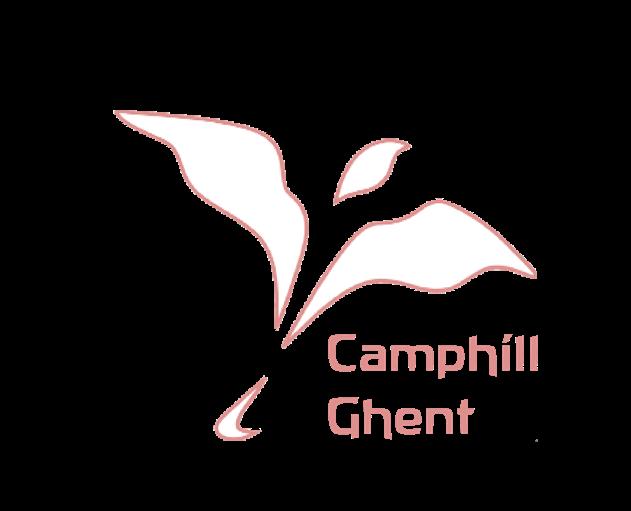

camphillghent.org/donate
Camphill Ghent relies on private sources, including charitable donations, to fund more than 40 percent of our annual operating budget. Please consider making a gift today to fund the exceptional care, activities, and arts that enable our elders of all abilities to thrive. DONATE
Front cover: Gunther Hauk opens his honey bee hives for the first time in April.
Back cover: A section of honeycomb built by the resident honeybees of Camphill Ghent.
